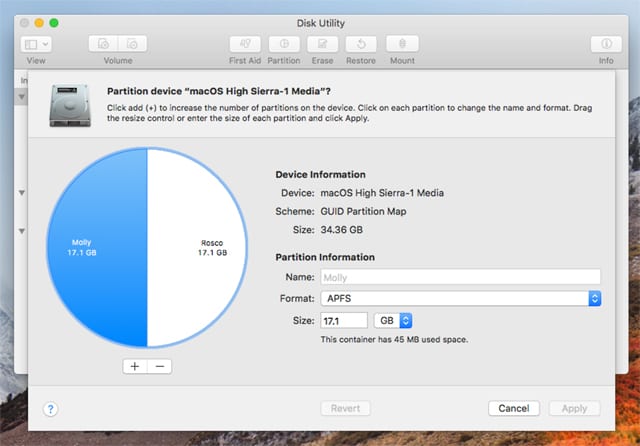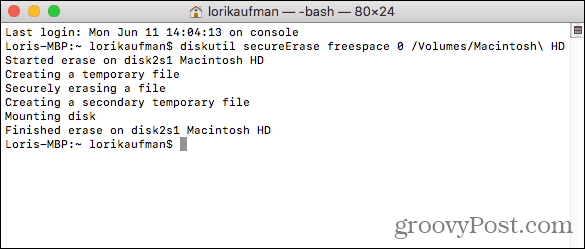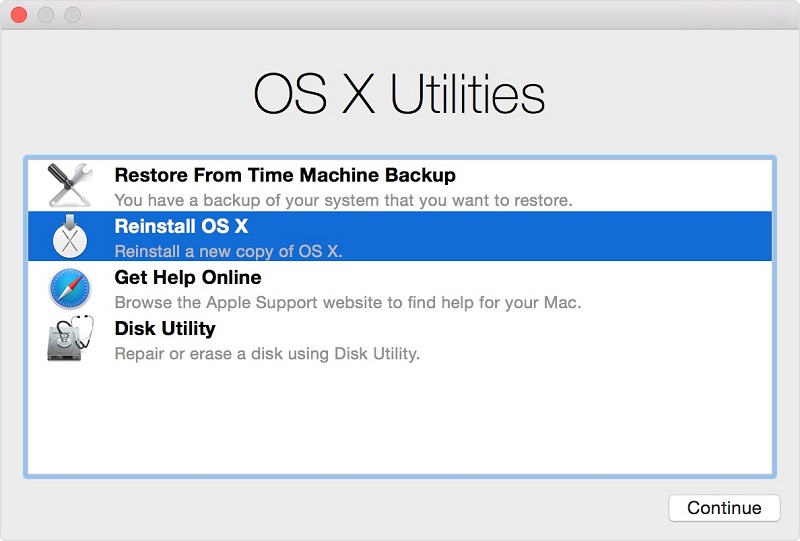- Secure Erase Free Space Mac
- Secure Erase Free Space
- Erase Free Space Windows
- Macos Catalina Erase Free Space
It will destroy/wipe the selected data and overwrite the disk space with zeroes/ones or random bits. Jun 01, 2020 macOS Recovery makes it easy to reinstall the Mac operating system, even if you need to erase your startup disk first. All you need is a connection to the Internet. If a wireless network is available, you can choose it from the Wi. ShredIt X – Mac OS X; Instructions: How to Erase Free Space. There are three ways to erase free space using ShredIt X. Using Drag and Drop. Drag the Hard Drive icon onto the ShredIt Icon and drop it;. Using the Buttons. Double-click the ShredIt X Icon to start the app. Click the “Shred Freespace” button on the main dialog. To support Snazzy Labs content, get to Amazon through things are more annoying that low disk space on your computer.
Secure Erase Free Space Mac
If you’re selling an old Mac with a hard drive, a spare hard drive, or you’re just quite paranoid about your deleted data, you’re either familiar with—or should be familiar with—the Erase Free Space button on the Erase tab in Disk Utility (found in your Applications -> Utilities folder).

Editor’s note: This Terminal tip originally ran in March 2009 and is only useful for mechanical hard drives and not the SSDs found in newer Macs.
When you click this button, you’re presented with three options for securely erasing the free space on your hard drive: write over the free space with zeros (fast and relatively safe), write over the free space three times (more secure, very slow), or write over the free space seven times (extremely slow).
This feature cane used whenever selling an old machine with a hard drive. Format the drive and install a fresh copy of macOS, then use Disk Utility to erase the free space (typically the one-time write-with-zeros option). This gives me a good sense of security, as it would take a team of dedicated professionals, and possibly special hardware, to have some chance of recovering any of my deleted data.
Secure Erase Free Space


Use Terminal to securely erase a drive
What if you want to do this from Terminal instead? In Terminal, a program named diskutil provides most of the features of macOS’s Disk Utility.
(Please note that, as with many Terminal commands, there’s a chance of Really Bad Things happening if you make a mistake with the following instructions. Proceed with caution, and make sure your backups are current before you try any of the following.)
To find out about diskutil in detail, type man diskutil at the Terminal prompt. Within the man pages, you’ll find the explanation for how to securely erase a disk’s free space using diskutil:

But how do you figure out what to list for device, which is the disk (or partition) that has the free space you’re trying to securely erase? diskutil can provide that information, too. Just use diskutil list to see a list of all drives and partitions. On the far right, you’ll see an IDENTIFIER column; that column contains the identifier that diskutil needs. Here’s an example of the list output on my machine:

IDG
There’s just one last bit of information you need to know to erase the free space on a hard drive from the command line. In Unix, all devices appear as part of the file system tree, and in macOS, they’re all listed in the /dev directory. So if I want to use diskutil to erase the free space on my Apple_HFS Untitled volume on my external drive, using the single-pass method, the final command would look like this:
Erase Free Space Windows
diskutil secureErase freespace 1 /dev/disk2s1
Macos Catalina Erase Free Space
Warning! It’s critically important that you include the freespace portion of that command. If you don’t, diskutil will happily start securely erasing the entire disk, instead of just the free space! Yes, that’s a Really Bad Thing, especially because it will be securely erased, meaning there’s no chance you’ll be able to recover the data.